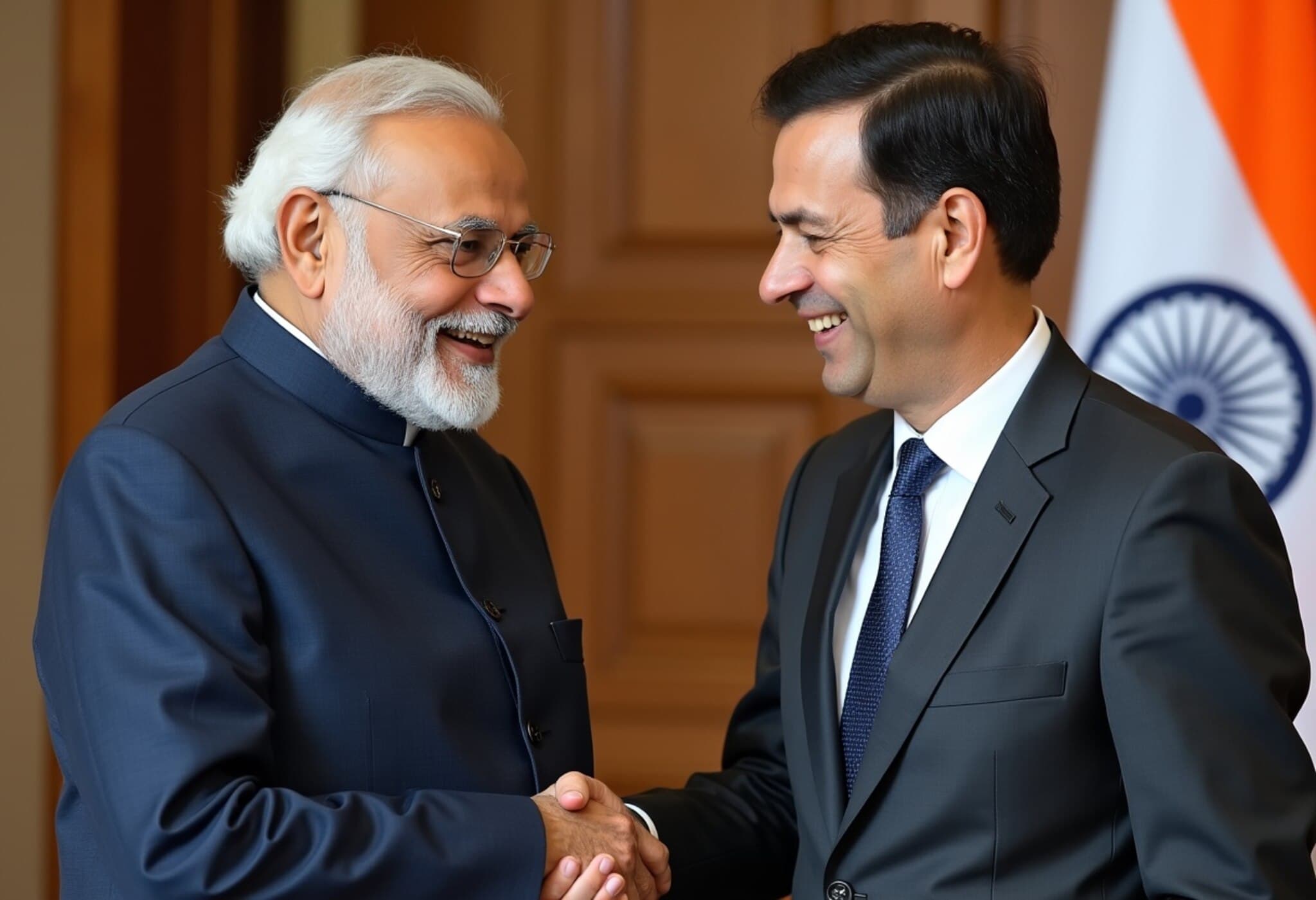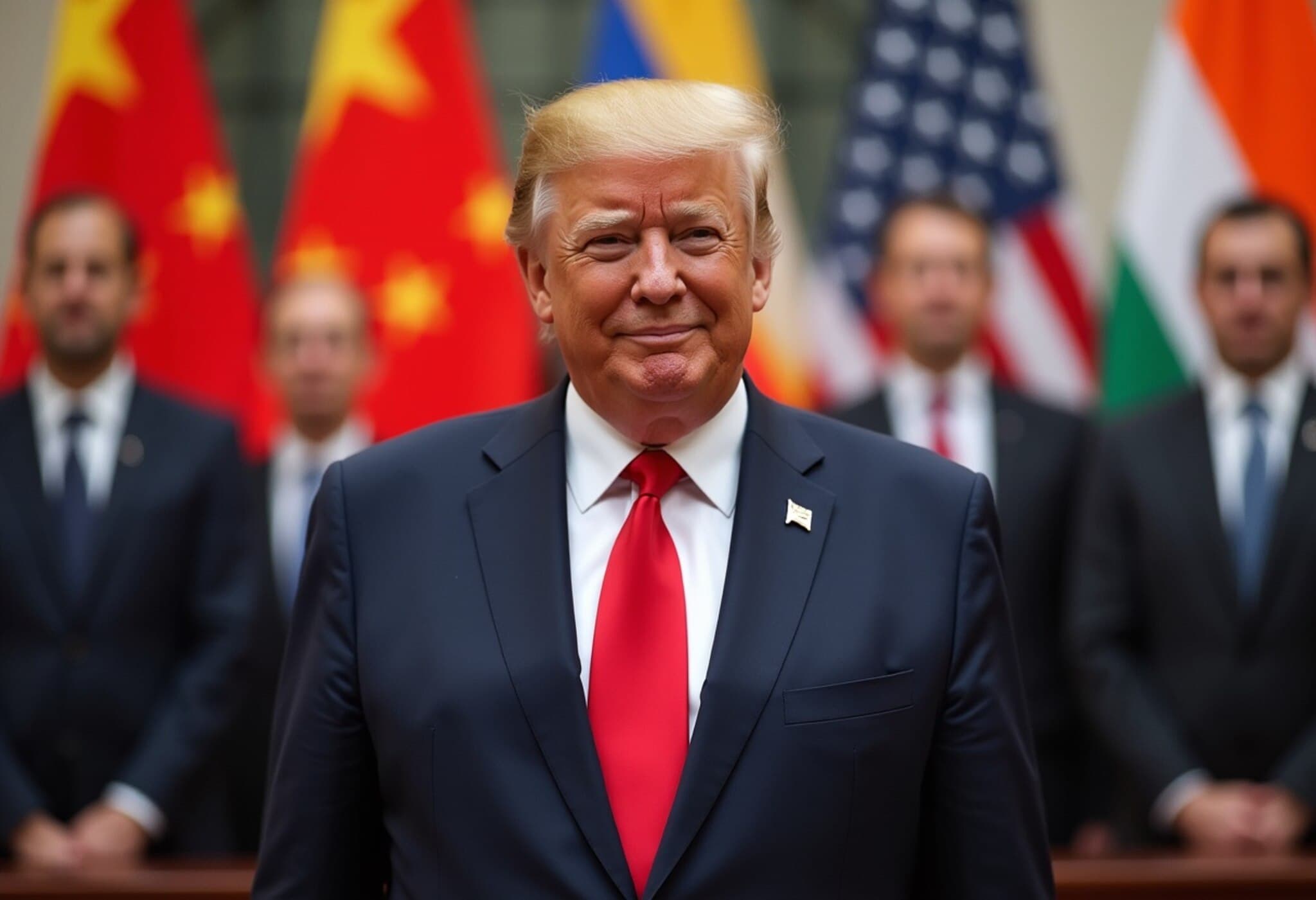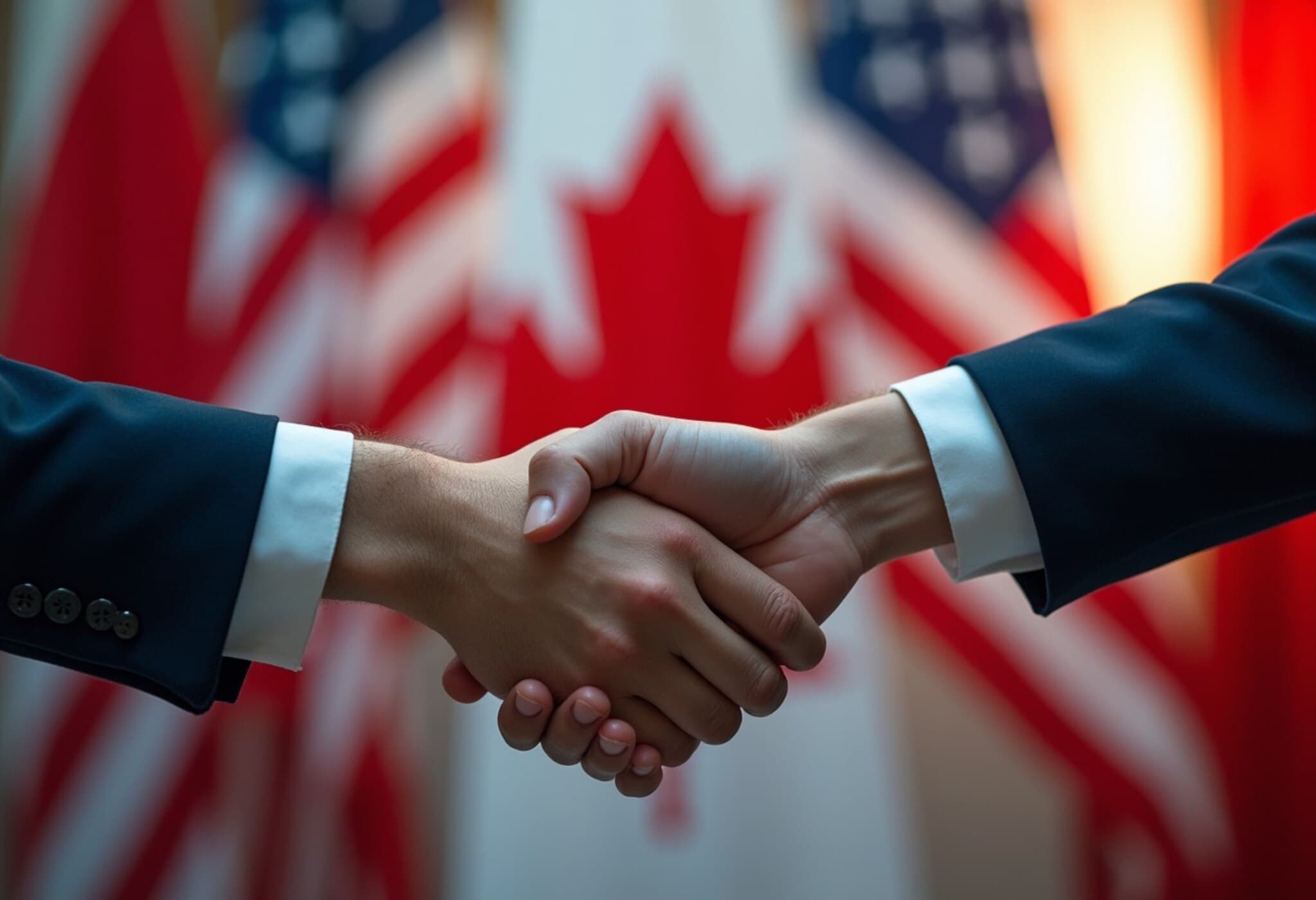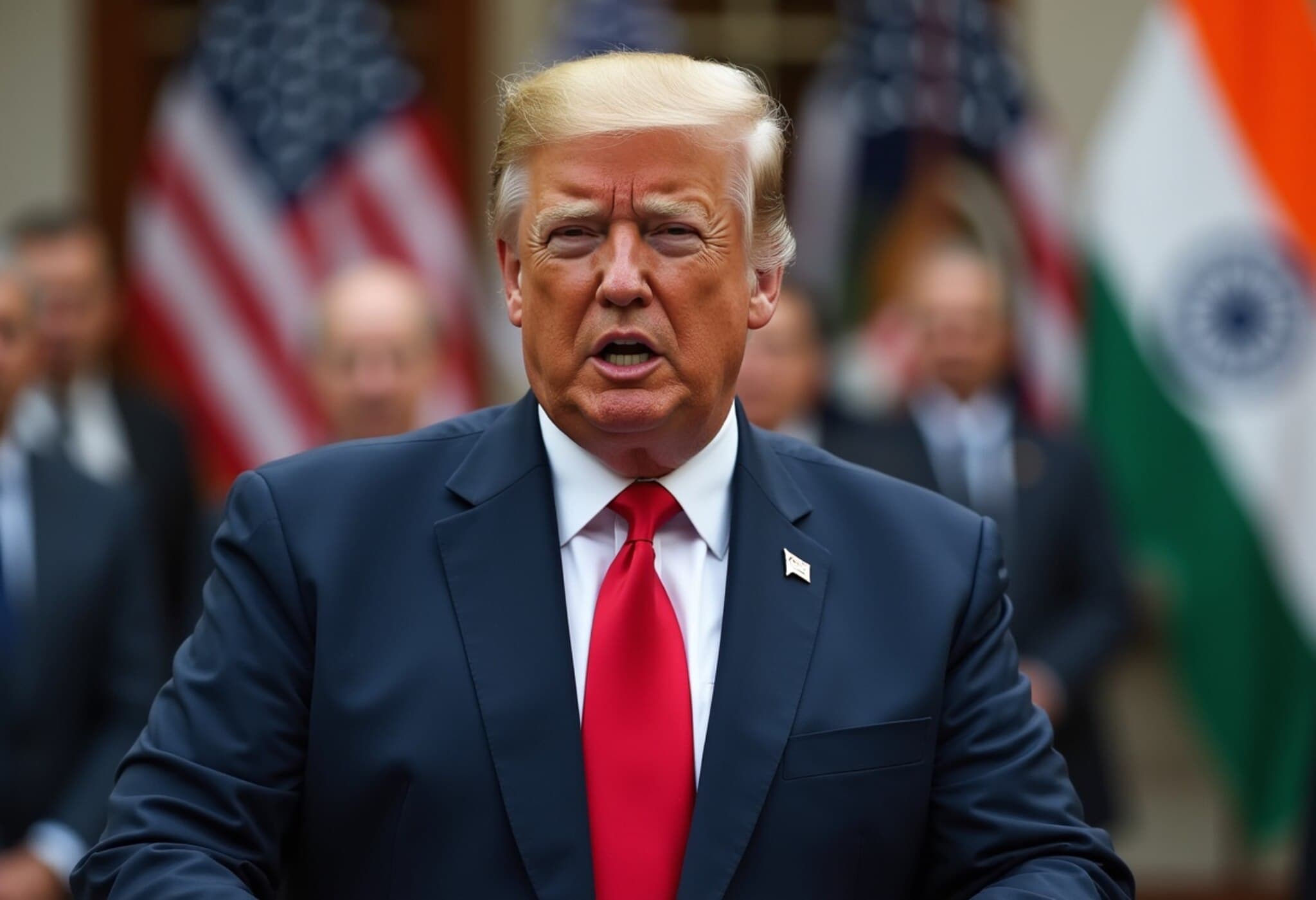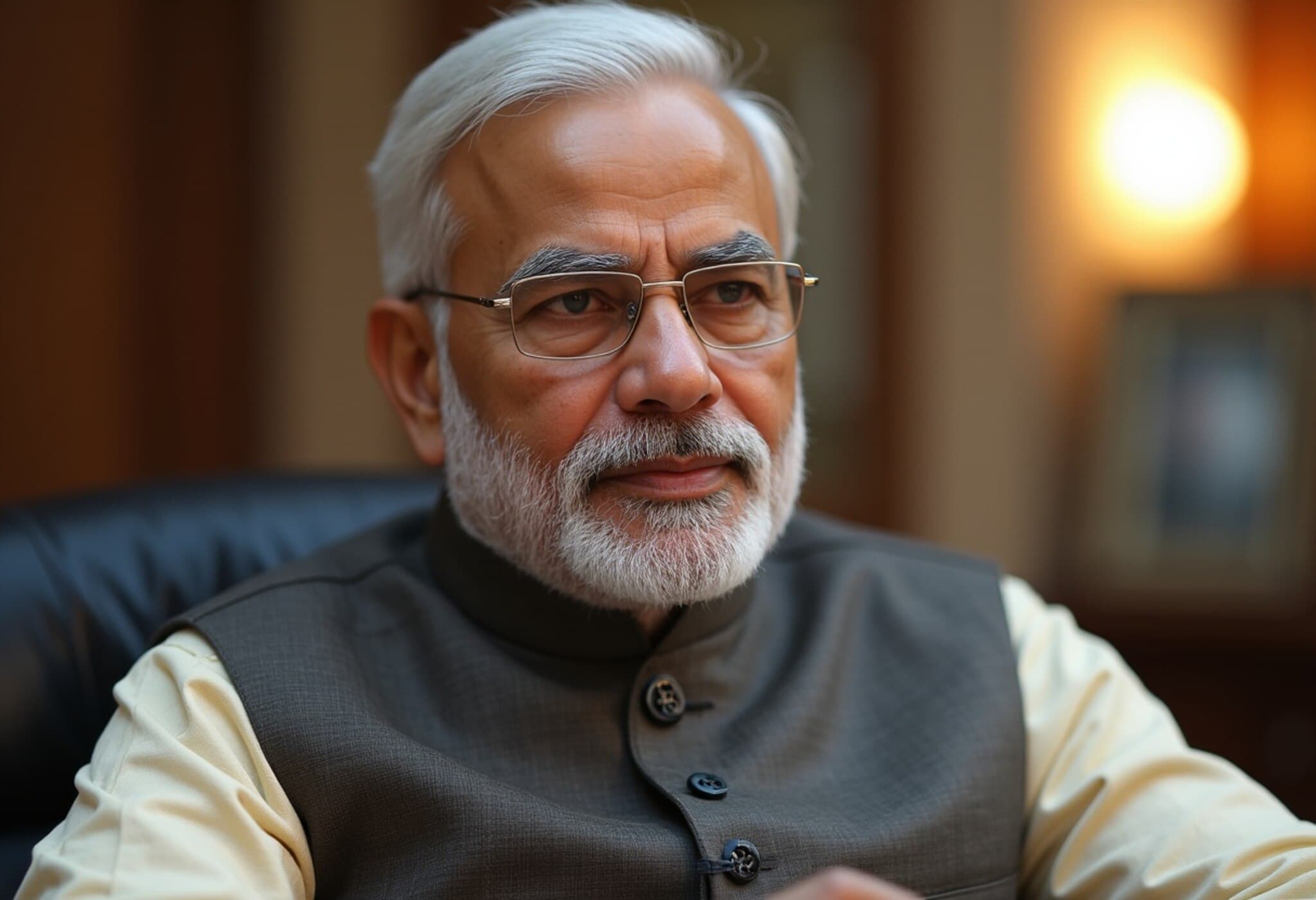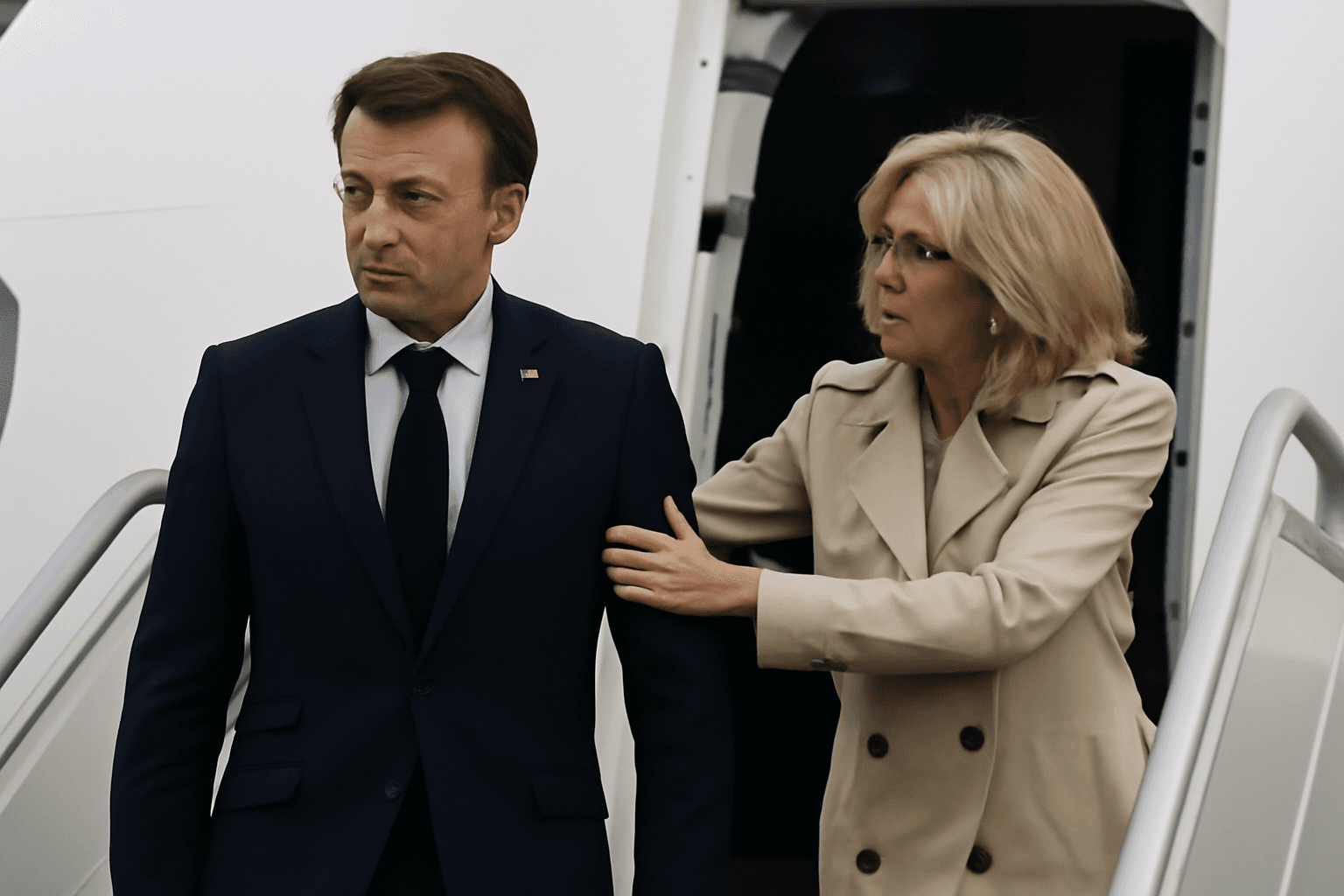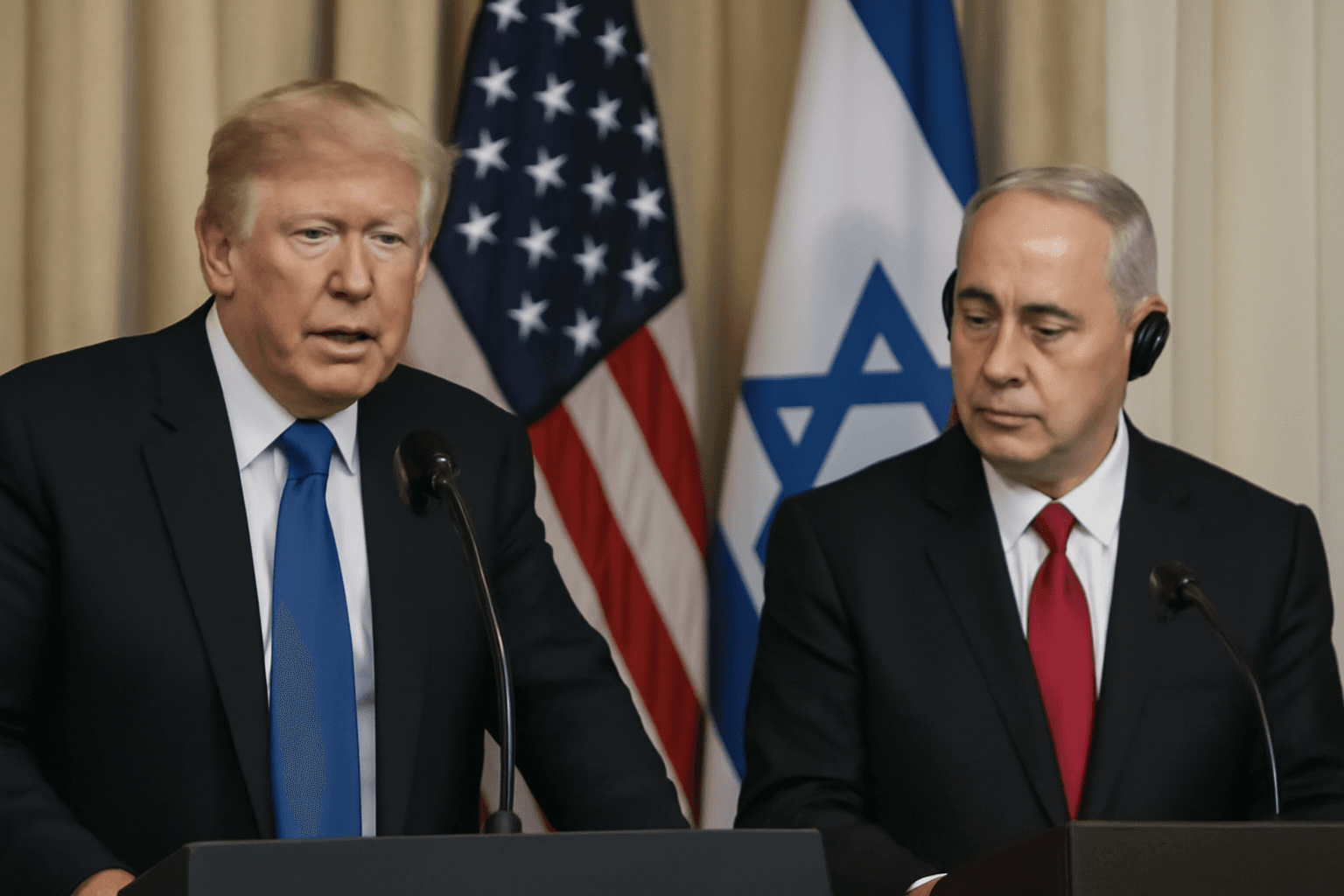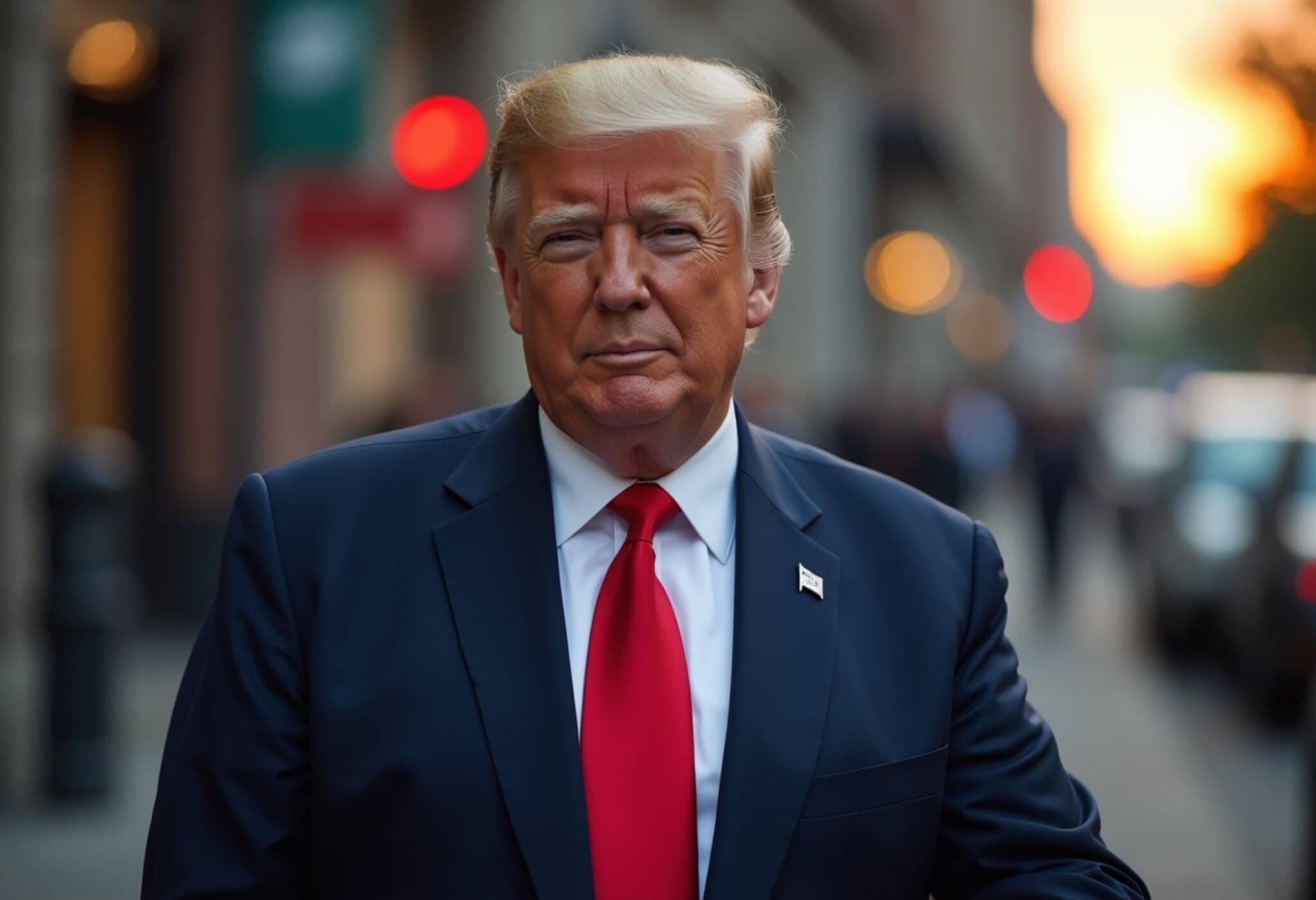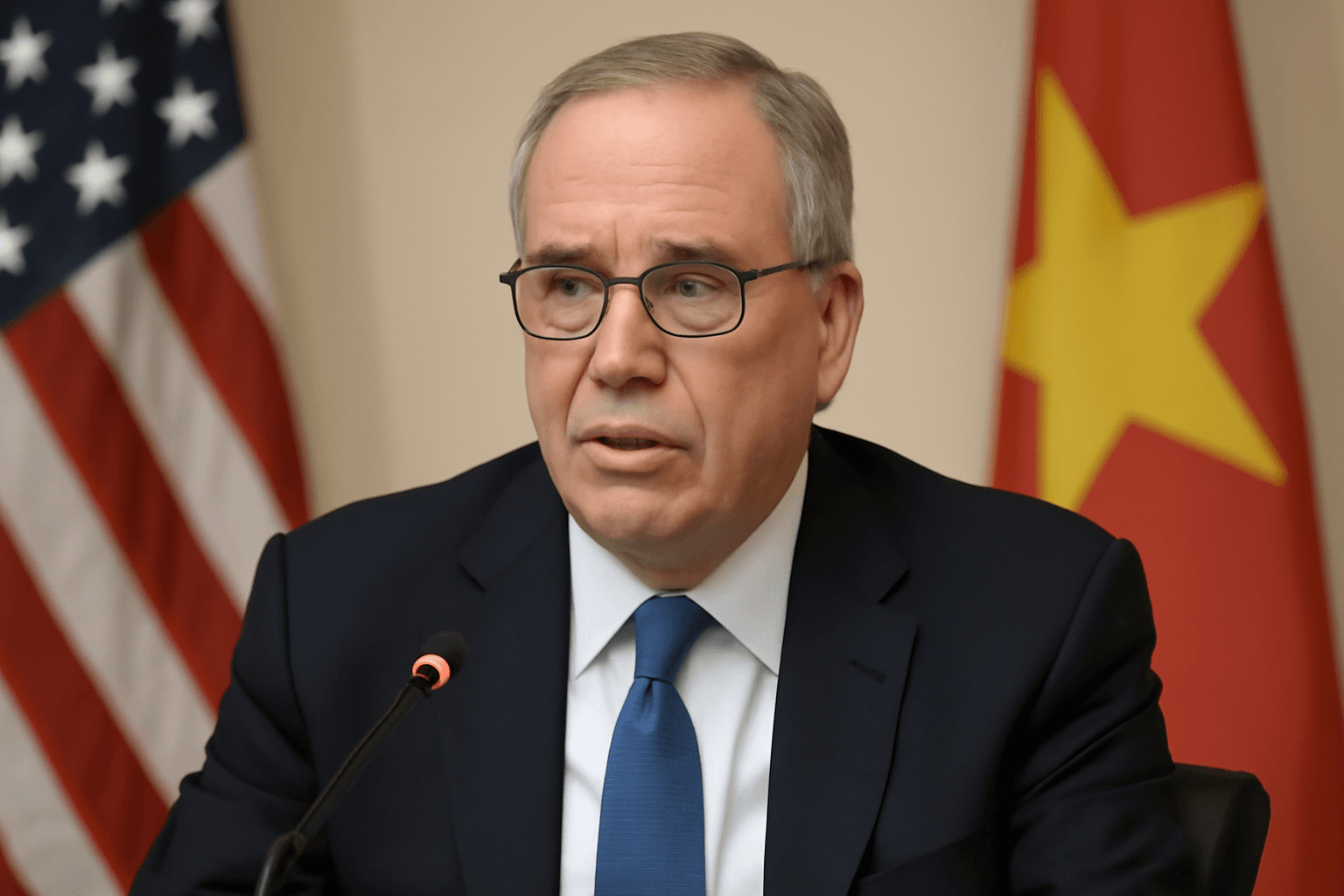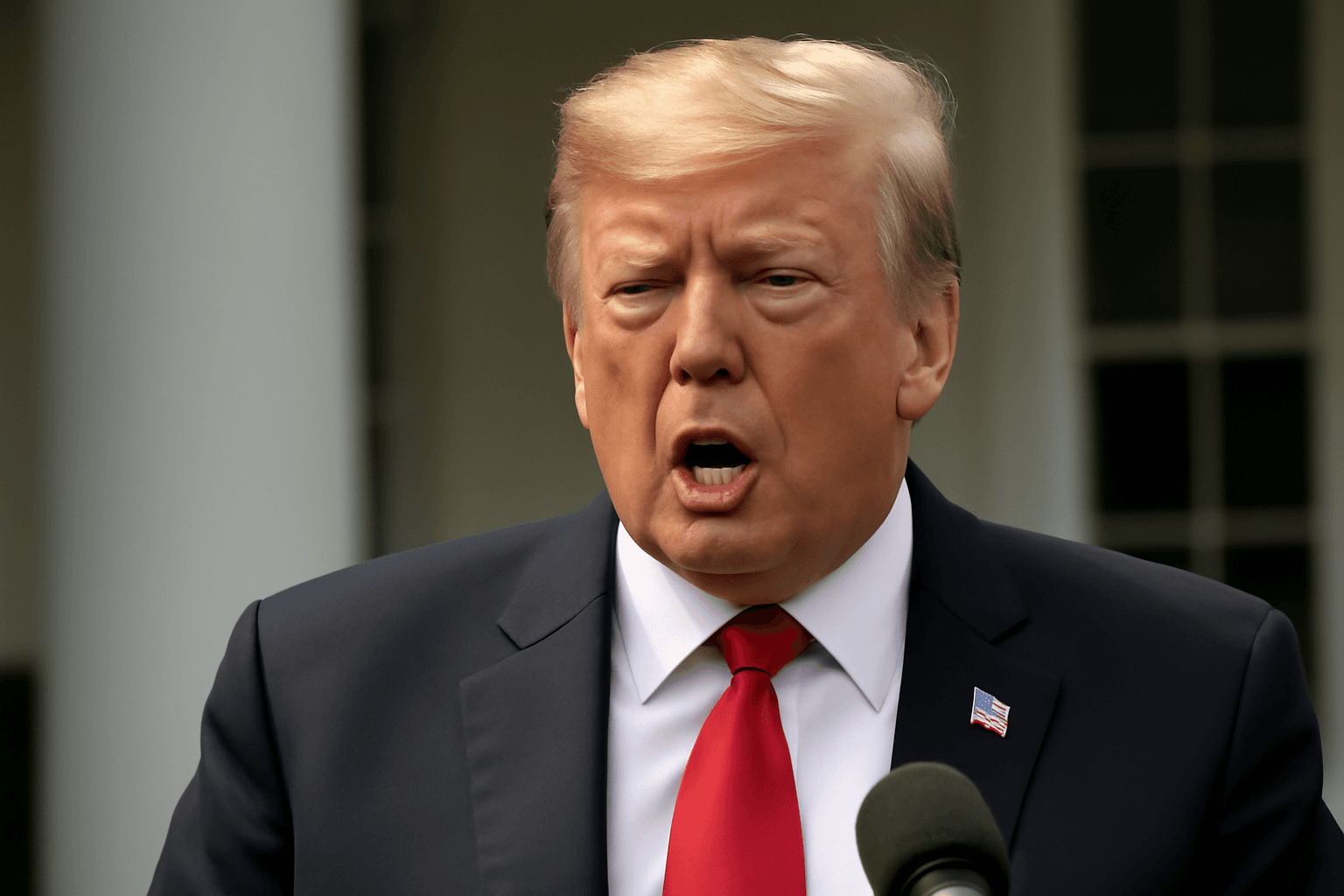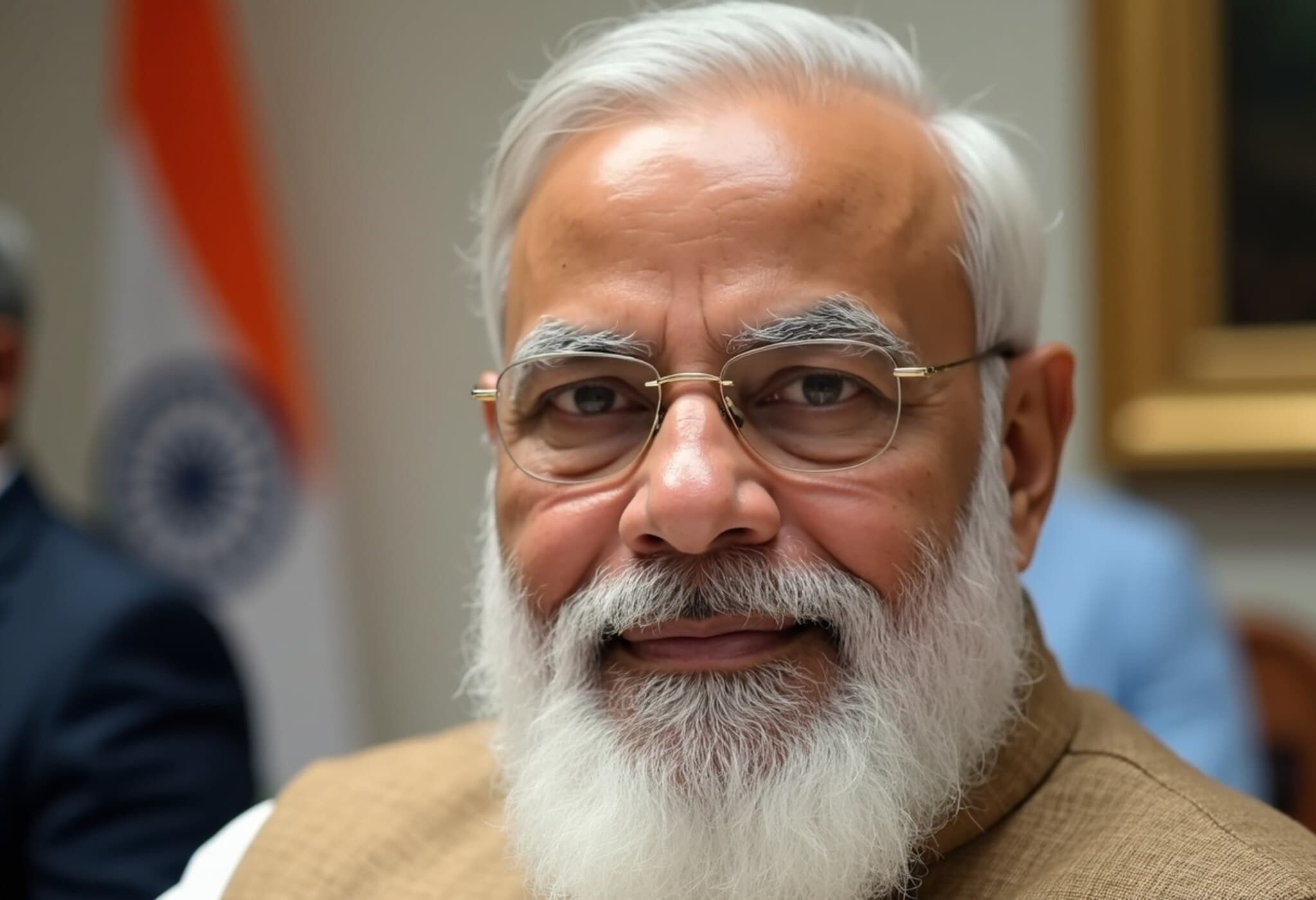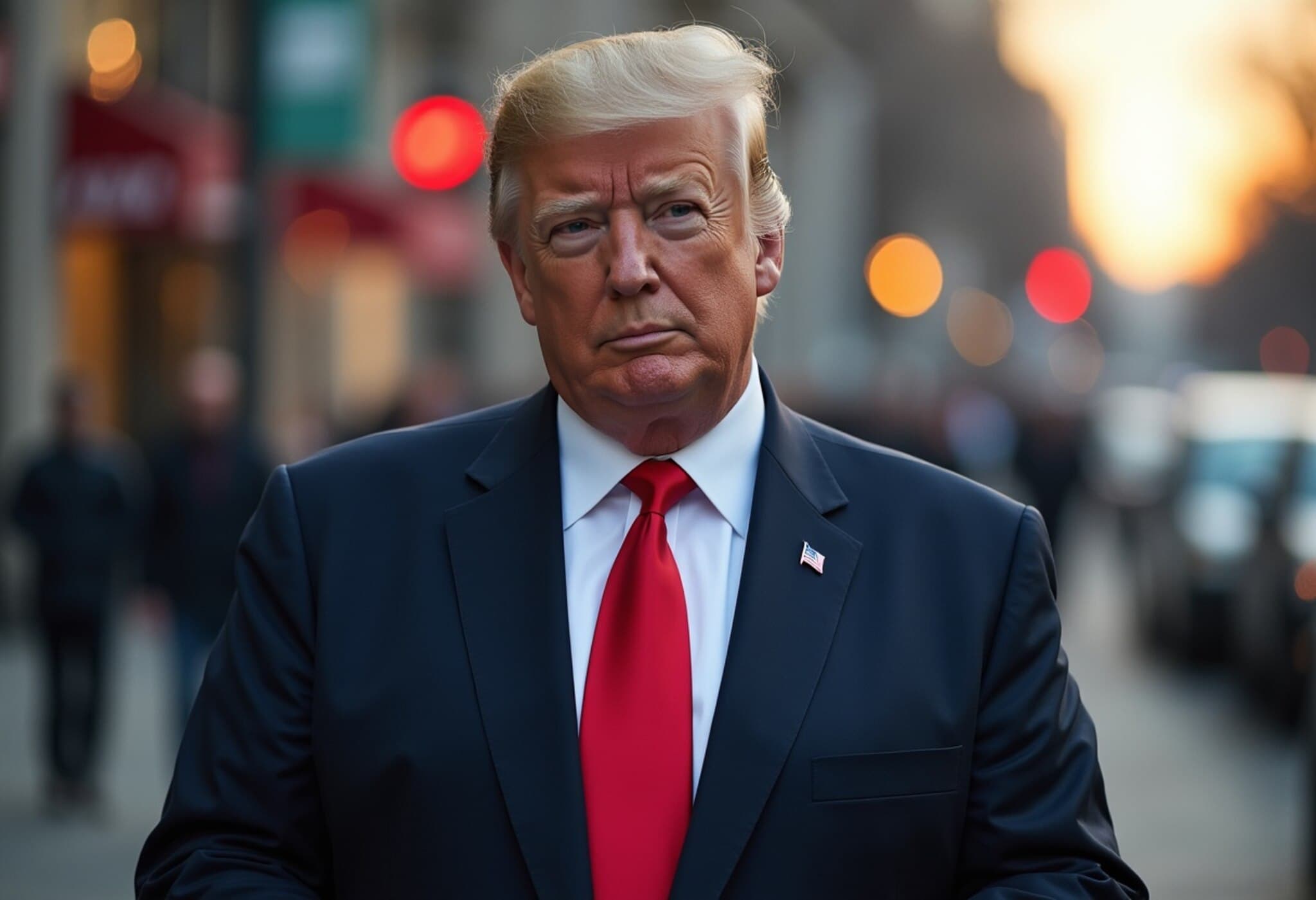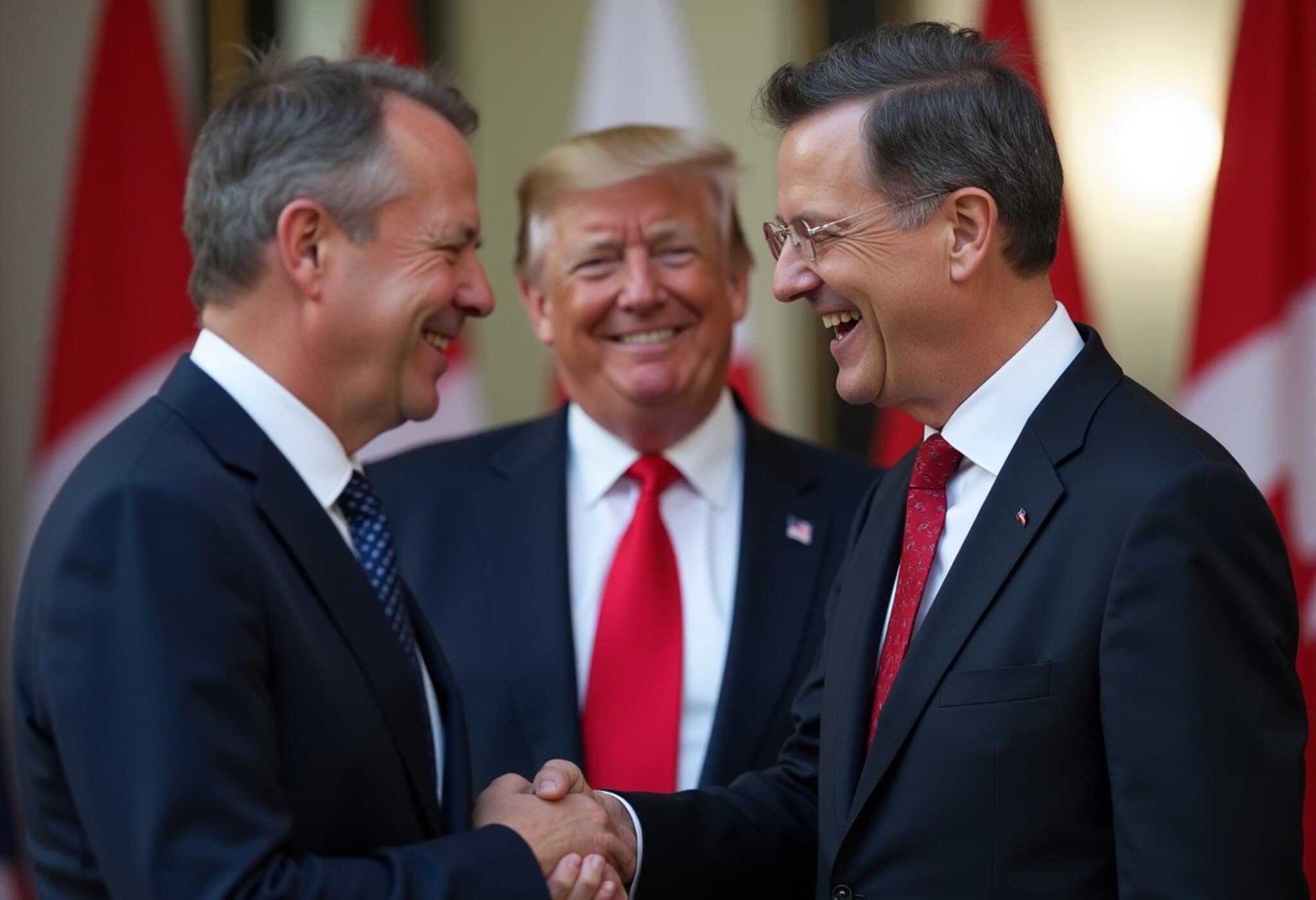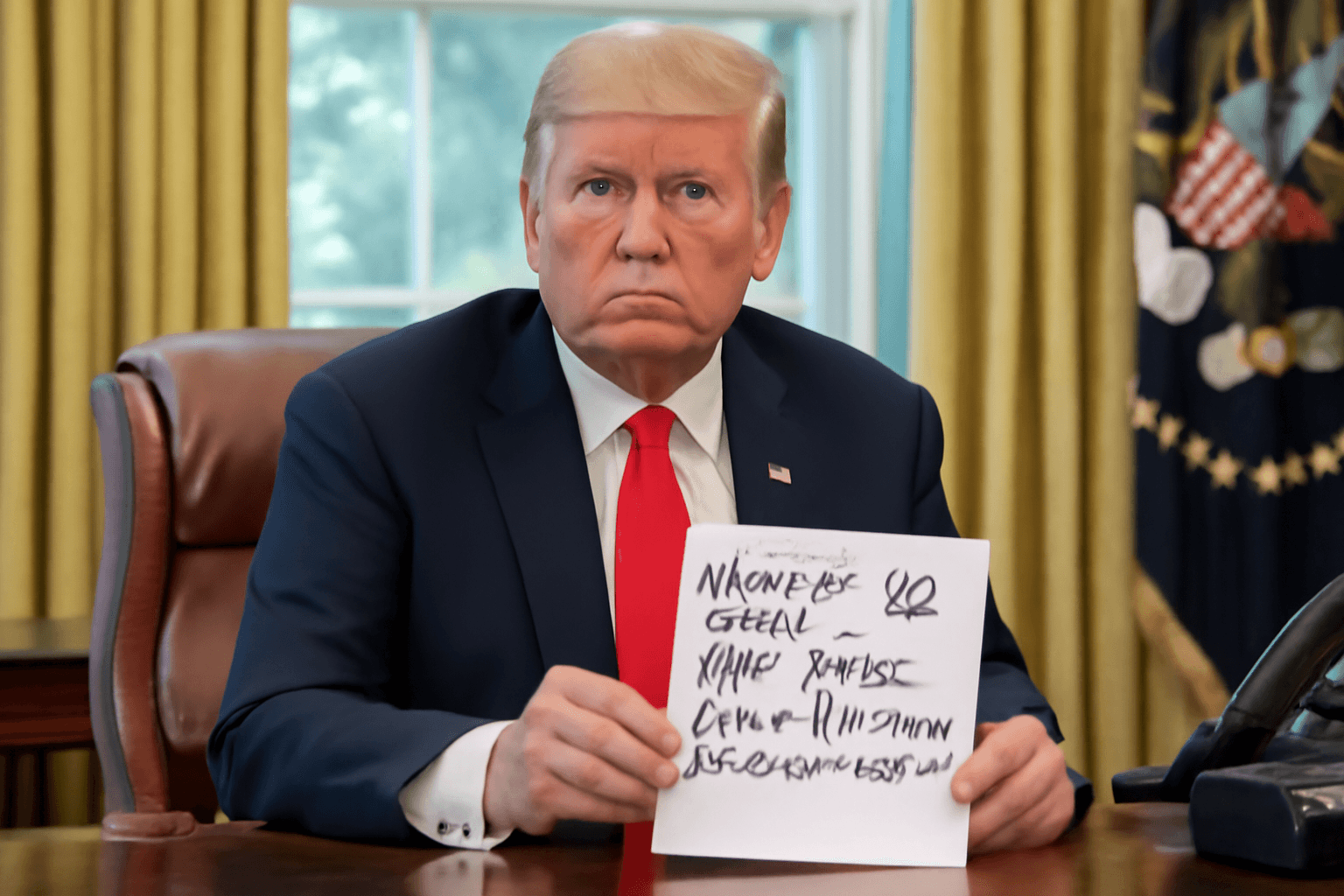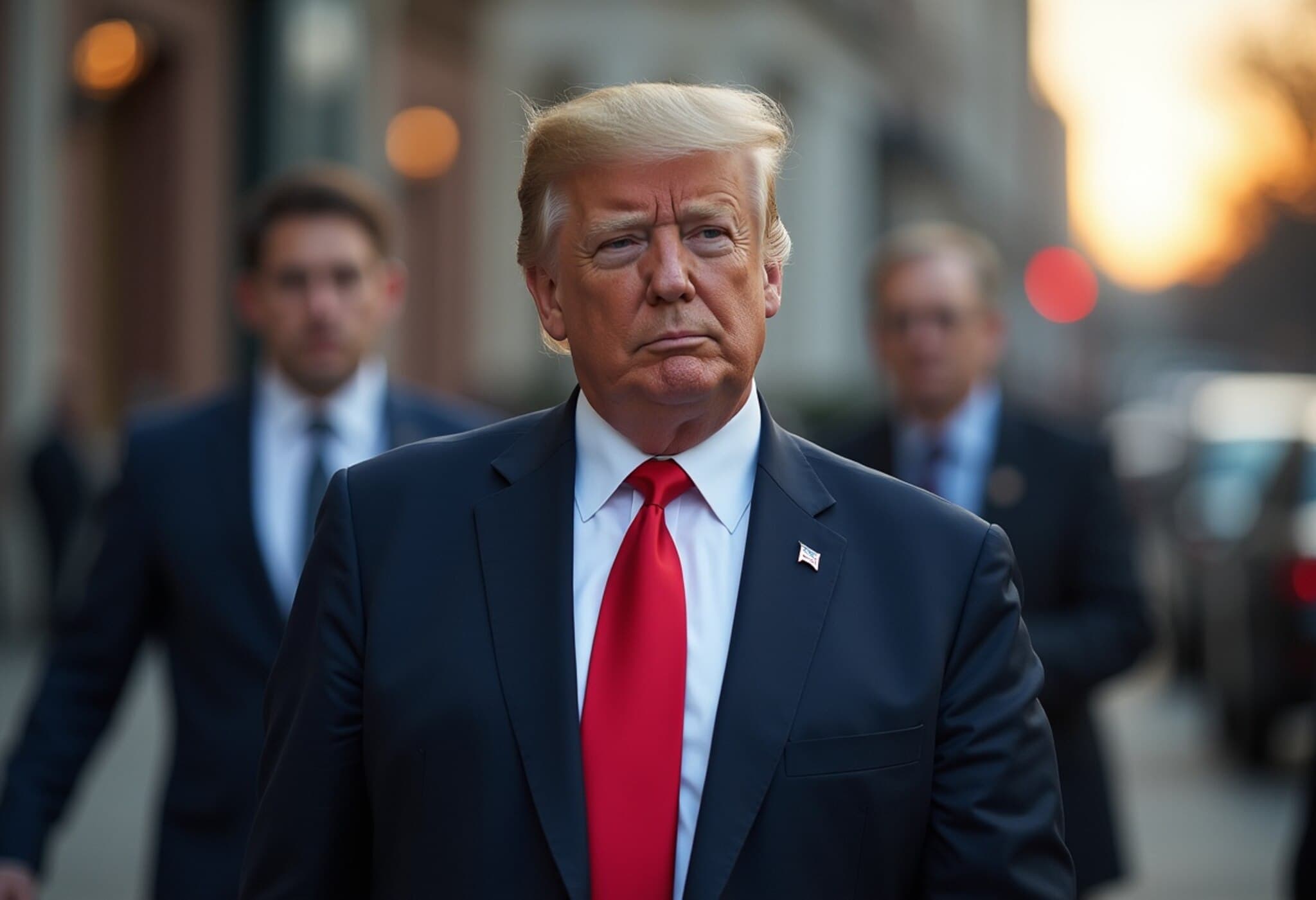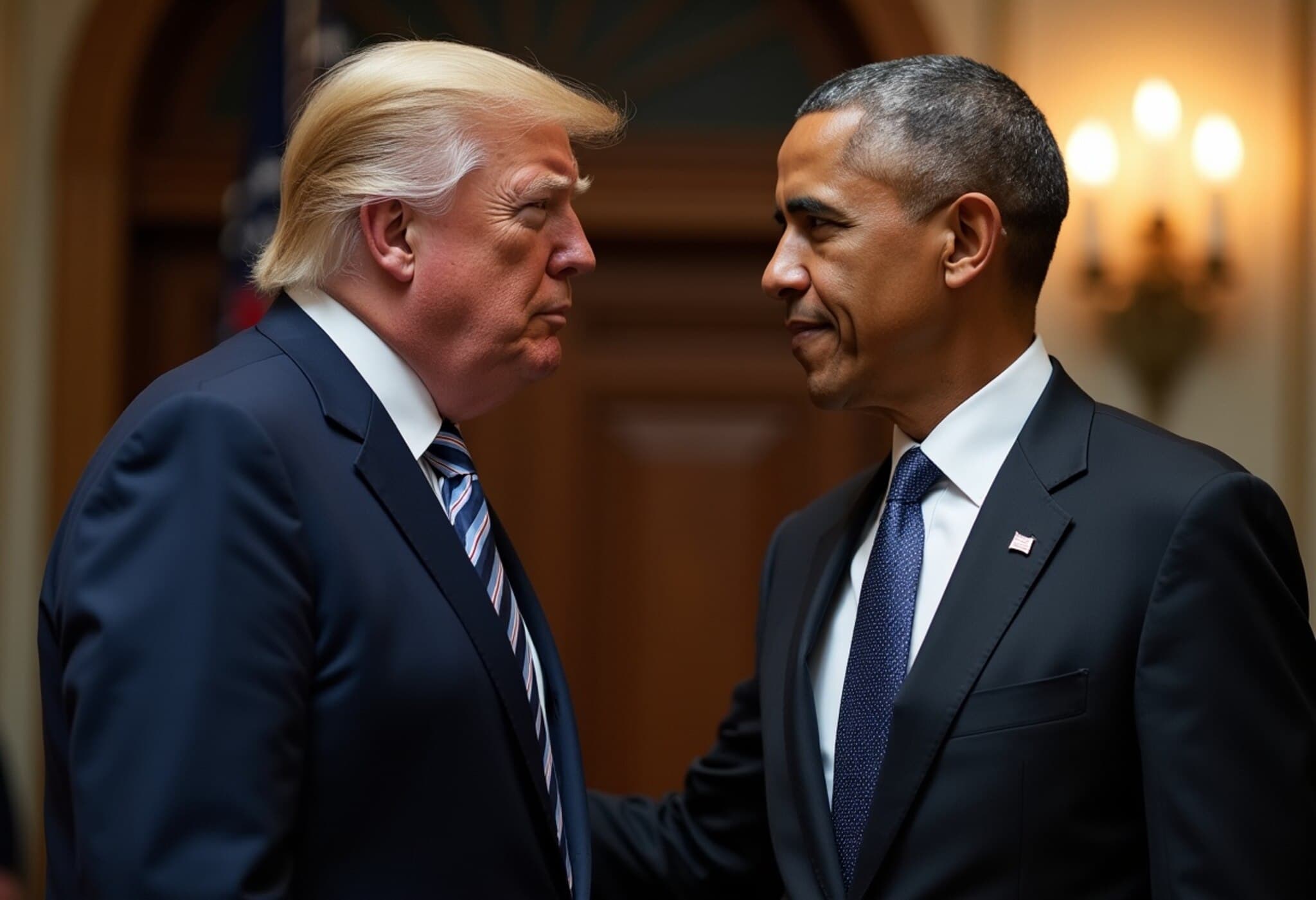Union Cabinet Greenlights India-UK Free Trade Agreement Ahead of Historic Visit
In a decisive move signaling closer economic ties, the Union Cabinet of India has officially approved the highly anticipated India-UK Free Trade Agreement (FTA), setting the stage for a landmark signing during Prime Minister Narendra Modi’s scheduled visit to London this June. This development marks a pivotal moment in India’s trade policy, highlighting a deliberate strategic shift towards expanding partnerships with Western economies.
Significance of the Agreement in Context
The approval of the FTA comes merely weeks after the initial announcement on May 6, with the legal text undergoing thorough review before final ratification. Scheduled to be inked on June 24 by PM Modi alongside UK Prime Minister Keir Starmer, this agreement will officially take effect only after ratification by the British Parliament.
India’s decision to seal this deal with the UK is particularly notable in light of previous trade alignments, especially following India's choice to opt out of the China-led Regional Comprehensive Economic Partnership (RCEP) in 2019. This marks India’s first major trade pact with a Western nation, reflecting cautious yet ambitious outreach to diversify export markets and enhance geopolitical alliances.
Key Features and Economic Impact
The agreement promises comprehensive trade liberalization, with tariffs eliminated on nearly 99% of trade lines, encompassing a broad spectrum of goods and services. This predominantly benefits Indian industries such as textiles, leather goods, and metals – sectors that stand to gain considerably from expanded access to the lucrative UK market. Importantly, it addresses contentious issues like the UK’s Carbon Border Adjustment Mechanism, which had raised concerns about potential barriers to India’s metal exports.
On the flip side, India will gradually open its market to high-end British products, including premium cars and whisky, signaling a balanced and reciprocal trade framework.
Beyond Tariffs: Strategic and Social Dimensions
Beyond removal of trade barriers, the FTA encompasses critical chapters on innovation, intellectual property rights, government procurement, and services—a move that reflects the sophistication and forward-thinking ethos of the pact. Notably, the agreement also finalizes a social security agreement easing the movement and welfare coordination of citizens working across both countries, a gesture that strengthens people-to-people ties alongside commercial ones.
Political Backdrop and Future Prospects
The timing of the agreement is opportune given the recent political shifts in the UK, where leadership changes culminated in the Labour Party’s ascendency under Keir Starmer. This stability bodes well for sustained bilateral cooperation. Prime Minister Modi’s four-day visit to the UK and the Maldives, commencing this Wednesday, will spotlight India’s growing global economic ambitions and strengthen diplomatic relations.
Expert Insight: What Does This Mean for India and the UK?
Trade analysts emphasize that this FTA could act as a catalyst for deepening economic integration, particularly in advanced services sectors such as IT, finance, and professional services, where India holds a competitive edge. However, experts also caution that successful implementation will require constant dialogue on regulatory harmonization and mechanisms to resolve disputes swiftly.
This deal symbolizes a balancing act — India’s pursuit of economic liberalization reconciled with protecting domestic industries and meeting global environmental standards.
Editor’s Note
The India-UK Free Trade Agreement stands as a testament to the evolving landscape of global commerce where emerging economies like India are actively reshaping their trade relationships. As the world watches PM Modi’s London visit, the broader implications touch not only on trade volumes but on geopolitical alignments, social cooperation, and innovation collaboration. Readers are invited to consider how such agreements could impact grassroots industries, labor markets, and environmental policies in the years ahead.

